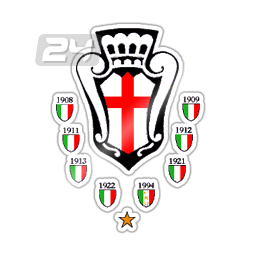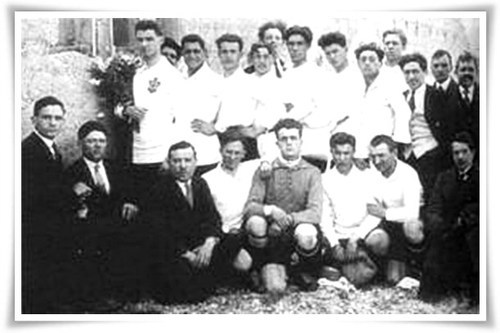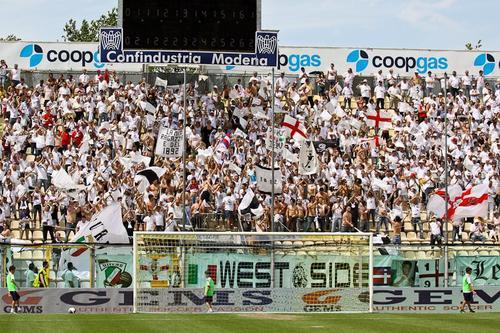I have just finished reading this comprehensive book which focuses on the Italian Ultra scene and sheds light on the whole Ultra phenomenon.
Ultras are often compared to punks, Hell’s Angels, hooligans or the South American Barras Bravas but they are a truly Italian entity.
In the late 60s and early 70s, teenage football fans rebelled
against Italy’s sedate supporters’ clubs and went to stand, and sing, behind
the goal.
The word “ultra” implies “extreme”, “beyond” or “other”. At its foundation, the movement
was largely far-left, with names inspired by global partisan struggles. Petty
criminals and political extremists were drawn to the terraces’ carnival
atmosphere and the huge customer base. Most ultra groups are now fascist in
inspiration and many have overlapped with organised crime.
Ultras are comparable to, but different from, British football
hooligans. They relish drinking and fighting, but are much more hierarchical
and disciplined, with a sober strategic analysis of the group’s sporting, and
economic, interests. Despite their reputation, there are ultra groups that are
inspiring, charitable and inclusive.
Italy’s ultras are the most organised and
violent fans in European football.
Many groups have evolved into criminal
gangs, involved in ticket touting, drug dealing and murder. The book identifies
two of the biggest clubs in Italy as being the main players. The Irriducibili (The Die – Hards) of
Lazio and The Drughi (taken from the
Droogs of A Clockwork Orange) of Juventus.
In August 2019, the death of
Fabrizio Piscitelli, the notorious former boss of Lazio’s Irriducibili, ended a
30-year career of thuggery, crime and
extremism . He was nicknamed “Diabolik”, after a cartoon thief and
assassin.
A man dressed as a jogger – wearing a cap and neck-scarf – ran
past the bench and fired a 7.65 calibre pistol into Piscitelli’s left ear. He
died almost instantly, sliding off the bench as the murderer ran off. It had
all the hallmarks of a professional hit.
The murder brought to a close one of the most incredible careers in the history of Lazio’s ultras. The club’s fanbase has always been very politicised: during Italy’s “years of lead” (its extremist terrorism) in the 1970s, it was very common to see, among the white-and-sky-blue colours of Lazio supporters, many of Benito Mussolini’s symbols. It was an era in which Lazio Ultras became both victims and perpetrators of political assassinations.
The purist ultras, however, say they are insurgents fighting against a police state and modern football. Only amongst ultras, they say, can you find belonging, community and a sacred concept of sport. They champion not only their teams, but their forgotten suburbs.
Telling the story through the ultras, Tobias Jones crafts a compelling investigation into Italian society and its favourite sport. He writes about not just the ultras of some of Italy’s biggest clubs – Juventus, Torino, Lazio, Roma and Genoa - but also about its lesser known ones from Cosenza and Catania.
The main thread throughout the book is the author going in search of a rounded picture, and Jones immersed himself in the world of the Cosenza ultras of Calabria, chiefly because they were a group that had always rejected fascism. The Cosenza ultras, cheerfully named I Nuclei Sconvolti (The Deranged Nuclei) are a riveting read. With nicknames like Drainpipe, Boozy Suzy, Chill and Skinny Monica they are colourfully portrayed.
But all are eclipsed by Padre Fadele, the monk who takes them all under his wing and encourages them to help immigrants and the homeless in soup kitchens. He even leads the chanting at most home games.
While the Cosenza ultras continue to dish out soup, the
‘Ndrangheta (Calabrian mafia) controlled Juve ultras, I Gobbi (the hunchbacks) are busy touting tickets received from the
club in a blackmailed fuelled deal, threatening ground closing riots and
supporters’ strikes if their demands are not met.
In a sinister nod to
neo-fascist politics, the Gobbi banner is inscribed with its Bs back to front,
so as to resemble 88, fascist code for HH (Heil Hitler).
Quite a journey of fandom but a riveting read nonetheless.













